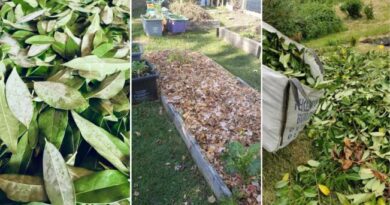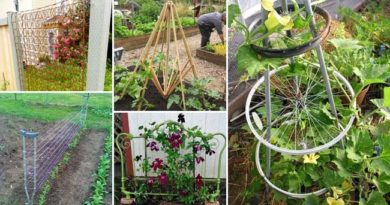Do This One Month Before Harvesting Peppers for Extra Flavor and Heat
Your pepper plants have already done the heavy lifting—flowers have set, fruits are hanging, and you’re just a few weeks away from harvest. But here’s the thing: those last 3–4 weeks are where the magic really happens. With a few clever tweaks, you can crank up the flavor, add a little smokiness, and make the heat levels jump. I learned this after picking a batch of peppers too early once—they looked perfect, but tasted like watery bell peppers. Never again.
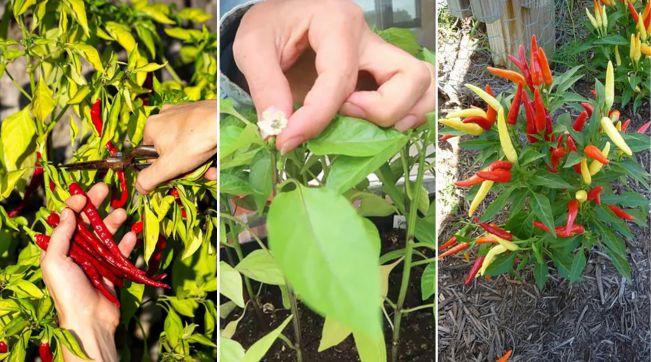
6 Smart Tricks to Boost Pepper Flavor and Heat Before Harvest
1. Maximize Sunlight Hours
More sun = more flavor and heat. It’s that simple. Sunlight triggers capsaicin production, and peppers that ripen under full sun always taste bolder. If you’re container-growing, move them to the sunniest spot you can find. If they’re in the ground, trim nearby plants that are hogging the rays.
- Aim for at least 8–10 hours of sun per day.
- If temps go above 90°F (32°C), give them light shade in the afternoon to prevent sunscald.
- Thin out crossing branches to open up airflow and let light hit those peppers directly.
Think of it like giving your peppers a front-row seat instead of the cheap seats in the back row.
2. Controlled Stress = Spicier Peppers
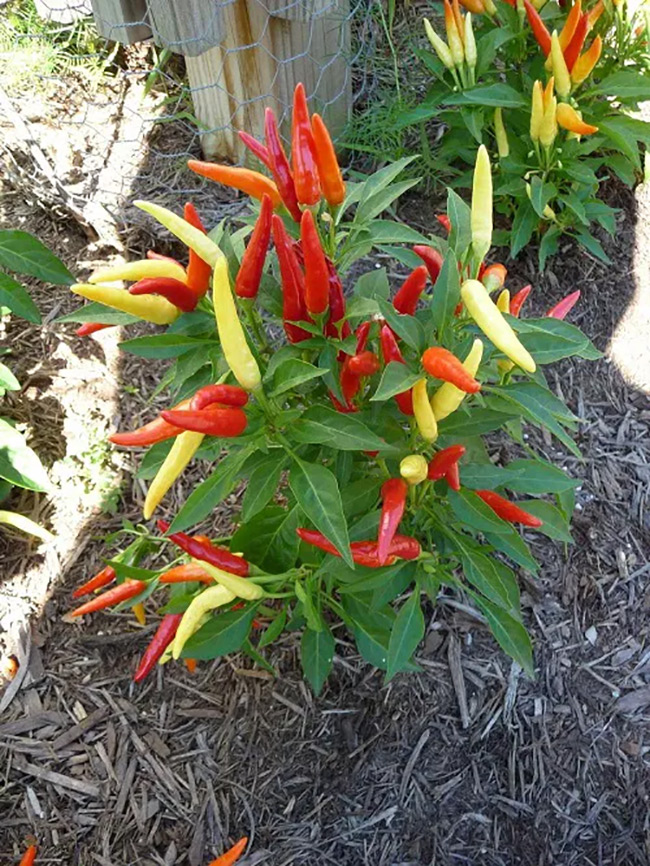
Peppers respond to stress by producing more capsaicin (the stuff that makes your tongue feel like it’s on fire). It sounds mean, but giving them a little controlled drought stress is the oldest gardener’s trick in the book. Less water also means sugars and oils concentrate, which equals richer flavor. Don’t panic—you’re not starving them, just nudging them a bit.
- Reduce watering to about half of what you normally give.
- Let the top inch or two of soil dry before watering again.
- Be extra consistent during the last two weeks before harvest—this is when stress really boosts heat.
I once forgot to water mine for nearly a week, and trust me, those peppers were practically weapons. Lesson: stress, not neglect.
3. Cut Back on Nitrogen, Boost the Bloom Food
At this point, leaves aren’t the goal—flavorful fruits are. Too much nitrogen keeps the plant busy making more foliage, when what you want is ripening and flavor. The fix? Switch to fertilizers richer in phosphorus and potassium.
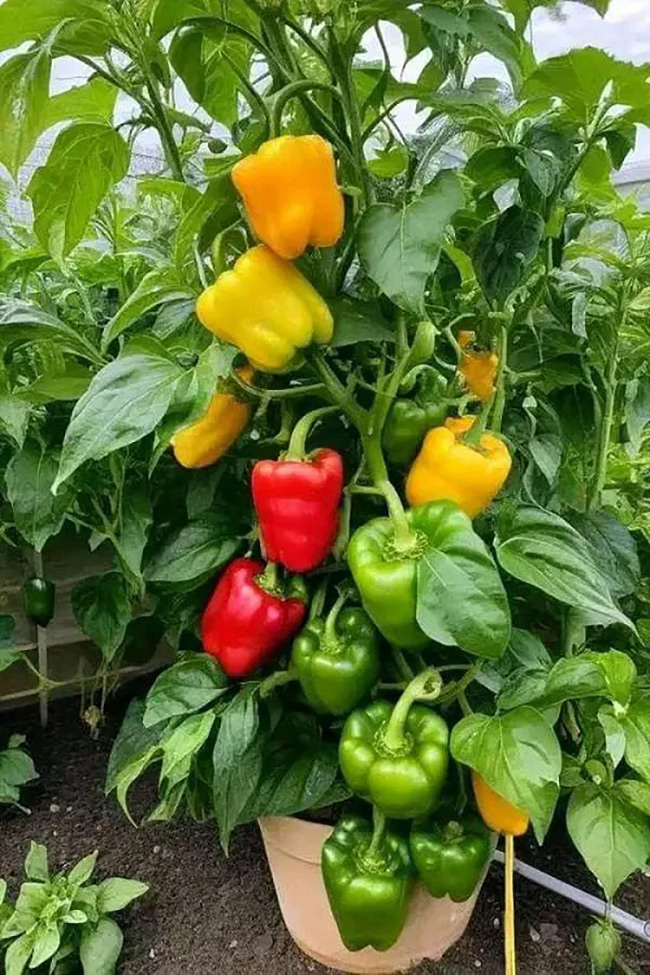
- Stop high-nitrogen feeds once fruits set.
- Use a bloom booster formula like 5-10-10.
- Bone meal, kelp meal, or even wood ash all make great natural options.
Once I made the mistake of hitting mine with lawn fertilizer (loaded with nitrogen). The leaves looked gorgeous—like a jungle—but the peppers? Tiny, pale, and sad. Never again.
4. Strategic Pruning for Bigger, Hotter Fruits
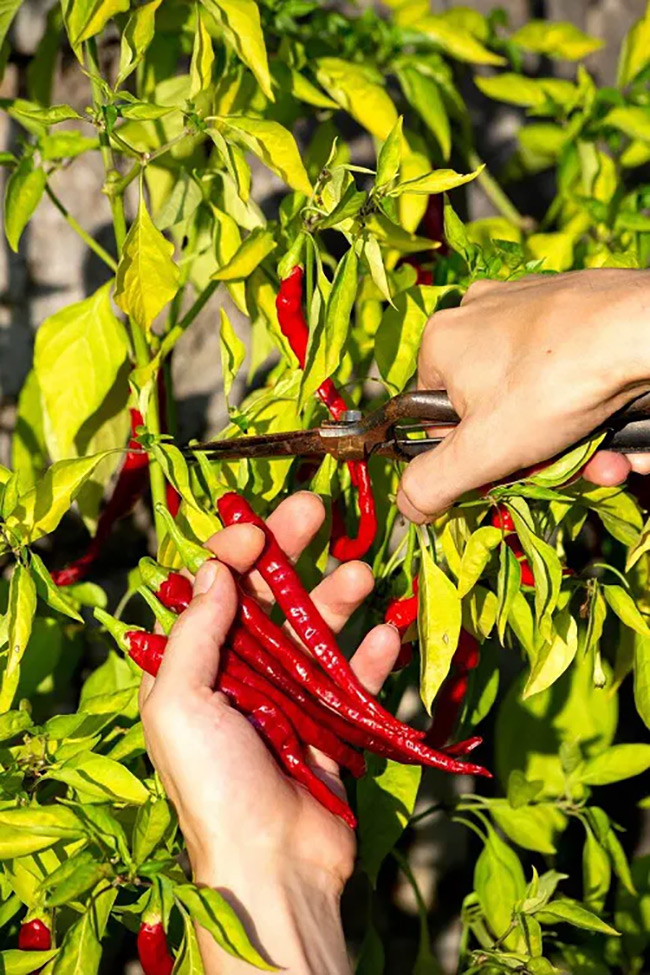
Plants only have so much energy. By snipping unnecessary branches and small, underdeveloped peppers, you’re telling the plant to focus its resources on the big guys. Done right, this boosts flavor, heat, and even keeps diseases at bay thanks to better airflow.
- Prune out interior branches that block light.
- Remove small, undeveloped peppers that won’t mature properly.
- Don’t go wild—too much pruning can reduce your harvest.
It’s a bit like decluttering your closet—you keep the good pieces and let the plant stop wasting energy on the stuff nobody’s ever going to wear.
5. Wait a Little Longer (Patience Pays Off)
If you want maximum heat and richer flavor, resist the urge to harvest the moment peppers look full-sized. Capsaicin levels spike in the final weeks of ripening. The real sign your peppers are ready? Color. Let them reach their final shade—red, orange, or deep yellow depending on the variety.
- Wait until the skin is fully colored and just starting to wrinkle.
- That wrinkling means water is dropping, flavor is concentrating.
- The payoff: more intense flavor and hotter heat levels.
Trust me, picking them early is like pulling cookies from the oven half-baked—sure, they’re edible, but nowhere near as good.
6. Add a Little Extra Flavor With Companion Tricks
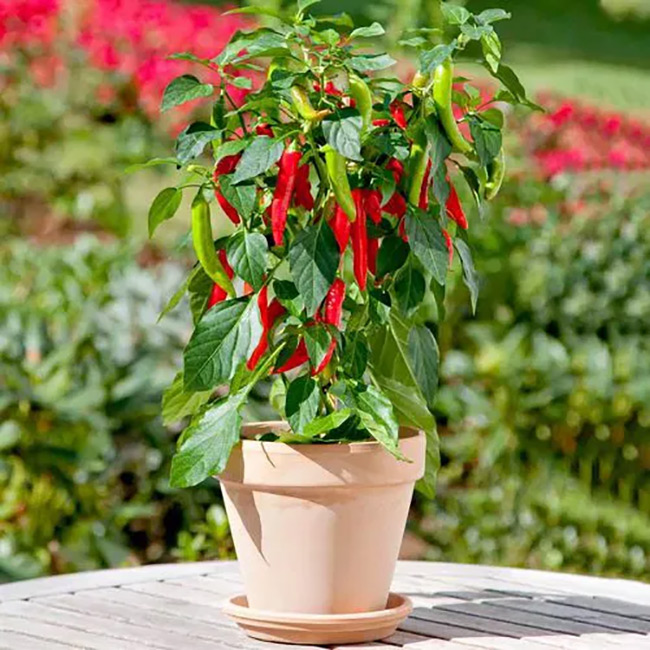
This one’s less obvious, but if you want to go the extra mile, try flavor-boosting hacks right before harvest. Some gardeners swear by slightly stressing the roots, while others use a light dose of Epsom salts (magnesium sulfate) to enhance color and flavor intensity. Magnesium helps with chlorophyll production and fruit ripening.
- Try a light foliar spray of diluted Epsom salts once every 2 weeks.
- Gently disturb the topsoil to give roots a mini “wake-up call.”
- Pair peppers with strong-scented herbs like basil nearby—they may not change the chemistry, but the harvest smells incredible together.
It’s kinda like giving your peppers a pep talk before the big game—they come out hotter, richer, and way more memorable.

